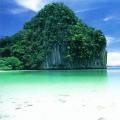Oddly enough, many seas of Russia have the highest salinity ratings. In our country, the most salty sea counts Barents Sea. The surface layers of this sea show salinity from 34.7% to 35%.
White Sea also has a high percentage of salinity: 31% at depth and 26% at the surface.
Kara Sea differs in high salinity up to 34%. However, in the Kara Sea it is extremely fragmented, and in some areas - at river mouths, for example, the water can be practically fresh.
Chukchi sea and Laptevih sea have a salinity index of 33 and 28 percent, respectively.
Mediterranean Sea is one of the saltiest in the world. The salinity index of this sea is 36-40%. High salinity Mediterranean Sea limits the development of zoo and phytoplankton. However, the high salinity does not interfere with the fauna, which are quite abundant in this sea.
Legends and scientific facts about the salinity of the seas
Therefore, the saltiest sea on Earth is considered Red sea, which has a salinity index of 41%. The Red Sea has not only extremely high water salinity, but also the salinity level is very evenly distributed.
The Dead Sea is located in Western Asia on the territory of Israel and Jordan. It is located in a tectonic depression formed as a result of the so-called Afro-Asian fault, which occurred in a distant era, somewhere between the end of the Tertiary and the beginning of the Quaternary, i.e. over two million years ago. Length Dead sea- 76 km, width —17 km, area —1050 sq. Km, depth — 350-400 m. The only river, the Jordan, flows into it. The sea has no outlet, i.e. it is drainless, therefore it is more correct to call it a lake.
At the southern end of the Dead Sea, as the legend says, there were the cities of Sodom and Gomorrah, burned by a fiery rain after the curse of God (for the immorality of people and their lack of hard work).
In the Bible, the Dead Sea is referred to as the East Sea, Salt Sea, Arava Sea. By its uniqueness, it attracted the attention of Greek geographers, and was already mentioned in Aristotle's Meteorology (384-322 BC).
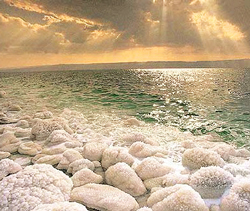
The surface of the Dead Sea is more than 400 m below the level of the World Ocean (this is the most low point on the globe!). The Roman historian Josephus Flavius (born in 37 AD) in his book "On the Jewish War" mentions the Asphalt Lake, the air above which is stuffy, with the smell of sulfur and oil. Later, in the work of the Roman physician Galen (130-200), the modern name of the sea is given - Dead, and the most Full description its natural properties.
The Dead Sea water is distinguished by a number of features and, above all, by its high salinity. The salinity of water (total salt content) is expressed in ppm - grams of substances contained in 1 kg sea water... The table shows data on the water salinity of the seas and the Atlantic Ocean.
Salinity of water of the seas and the Atlantic Ocean
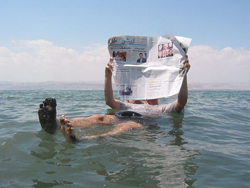
Comparison of the data in the table shows that the salinity of the Dead Sea is 8 times higher than the salinity of the Atlantic Ocean, 7 times that of the Mediterranean Sea and the Red Sea, 14.5 times that of the Black Sea and 40 times that of the Baltic. And in 1819 the French chemist J.L. Gay-Lussac examined water samples from the Dead Sea and found a high concentration of salts in it. This robot served as a signal for further research and, in particular, to study salt composition waters of the Dead Sea.
The outflow of rivers has a great influence on the composition of seawater. When comparing the content of macronutrients in the waters of the Jordan River and the Dead World, this influence is not visible. It should be noted the high content of sodium, potassium, magnesium, calcium and bromine ions in the water of the Dead Sea - the most important ions with a large biological significance, after all, human lymph and blood have the same composition of macronutrients.
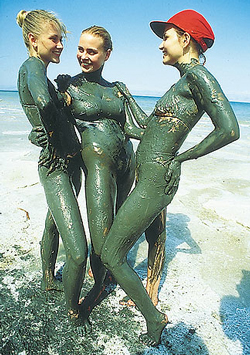
The content of potassium (K) in the Dead Sea is almost 20 times higher than in the Atlantic Ocean, magnesium (Mg) - 35 times more, calcium (Ca) - 42 times, bromine (Br) - 80 times. In terms of the composition of salts, the Dead Sea is sharply different from all other seas on the planet. Potash salts are not deposited anywhere on Earth when seawater evaporates. It is possible to artificially crystallize potassium salts from the water of the Dead Sea, while in other places, even in artificial evaporation basins, it has not yet been possible to extract potassium salt from sea water. Since 1930, bromine and potassium carbonate have been mined at the Dead Sea. The Dead Sea water contains trace elements such as copper, zinc, cobalt, etc.
The high pH value of 8.5 - 9 should also be attributed to the peculiarities of the Dead Sea water. In this regard, if you stay in the sea for a long time, you can get burned on sensitive parts of the body. The water tastes bitter and oily. During the existence of the Dead Sea, a sedimentary layer of silt with a thickness of 100 m has formed on its bottom - this is the so-called Dead Sea mud. They contain 45% salt, 5% biomass and 50% water.
It has long been known about the healing properties of the water and mud of the Dead Sea, as well as sulfurous mineral springs located near the sea. The first resorts were built there by the Romans. Until the end of the XIX century. it was believed that there was no life in the Dead Sea. It was hard to imagine the opposite, given the high salinity of its water. However, relatively recently, as a result of many years of research, the hydrobiologist Eliezer Volkani, and after him other scientists, proved the erroneousness of this idea.
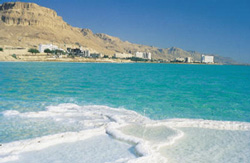
The carriers of life in the Dead Sea, discovered by scientists, were unicellular algae and the simplest organisms - prokaryotes, the most ancient living cells. Hence their name - archaebacteria. They do not have a formalized cell nucleus and a typical chromosomal apparatus; hereditary information is realized in them and transmitted through DNA.
There is a hypothesis that they existed even when there was no oxygen on Earth. The genetic apparatus of archaebacteria stores information accumulated in the struggle for existence during the period of various cataclysms that occurred on Earth. They contain powerful life energy. In their metabolic cycle, they form organic substances from inorganic ones. Archaebacterium is the only one Living being living in the water of the Dead Sea for many years. In these waters, it develops, showing exceptional resilience, despite the very high concentration of salts and minerals.
The structure of archaebacteria is similar to the structure of the primary cell of the human body.
The company "Doctor Nonna" after long-term scientific research has created a bioorganomineral complex, which includes derivatives of archaebacteria, and microelements and minerals so necessary for the body. Thanks to the use of Doctor Nona products, which include this complex, your body will again return to the environment that it has been missing all its life.
There are about 80 seas on the planet. Some of them are so salty that it is almost impossible to drown in their water. Below are the top 10 such seas.
Our rating opens the White Sea washing the borders Russian Federation... Salinity in this sea sometimes reaches about 30 ‰ (ppm), that is, there are 30 grams of salt per liter of water. Although the sea is salty, it is home to about 50 species of fish.
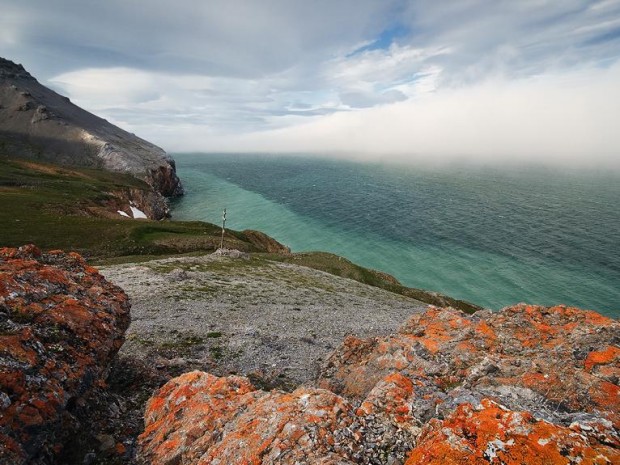
Chukchi Sea (33 ‰)
Another "our" sea. The salinity of the Chukchi Sea is 33 ‰, this is what allows it, as well as the White and other seas, not to freeze in severe frosts (up to -1.8 degrees). The sea stretches between Chukotka and Alaska. Here you can meet many species of fish, as well as walruses and seals.
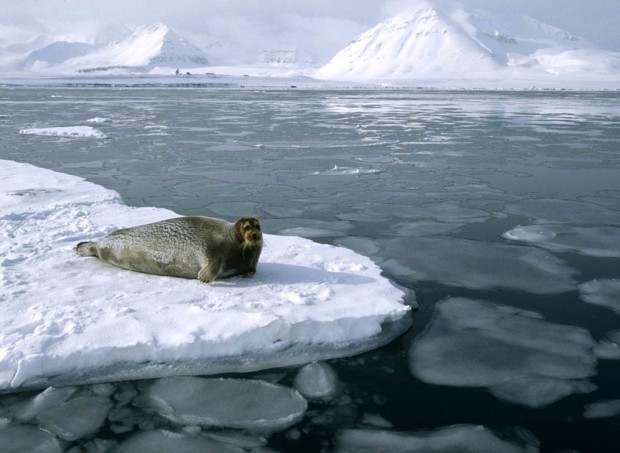
Laptev Sea (34 ‰)
Another sea washing our borders. The salinity of the Laptev Sea is slightly higher than that of the Chukchi Sea - 34 ‰. The reservoir stretches between Severnaya Zemlya and the New Siberian Islands. All year round, the sea water rarely warms up above zero. Here you can find such fish species as sturgeon and perch, and among animals - walruses.
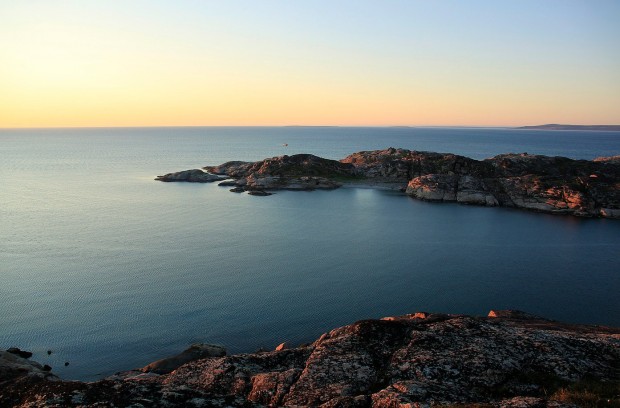
Barents Sea (35‰)
The next sea is again slightly saltier than the previous one - 35 ‰. Officially, this sea is recognized as the saltiest in Russia. In winter, the southwestern part of the reservoir freezes, the rest does not. Underwater world Barents Sea incredibly rich - here you can find not only whales and killer whales, but also a great many different types fish: from herring to perch.
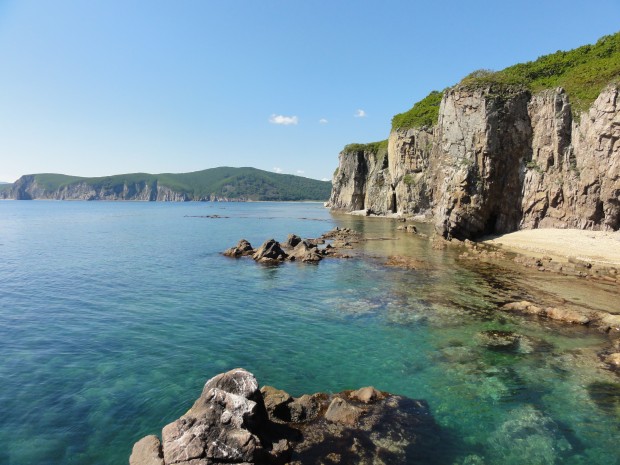
Sea of Japan (35‰)
This sea is not inferior in salinity to the Barents Sea. The Sea of Japan is partly washed by Sakhalin Island, as well as the islands of Japan and the coast of Eurasia. In the southern part, the sea warms up to 26 degrees Celsius, in connection with which it can even be called "resort". An incredible amount of living creatures live in the Sea of Japan: seafood and fish are simply not counted here.
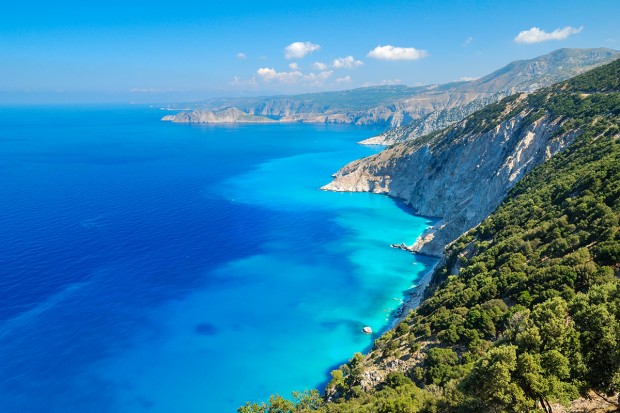
Ionian Sea (38‰)
One of the most picturesque and clean seas the world is also very salty. This sea is the densest and saltiest in Greece. Besides the picturesque underwater world The Ionian Sea boasts temperatures: summer time the water warms up to 26-28 degrees. The sea is very popular with tourists.
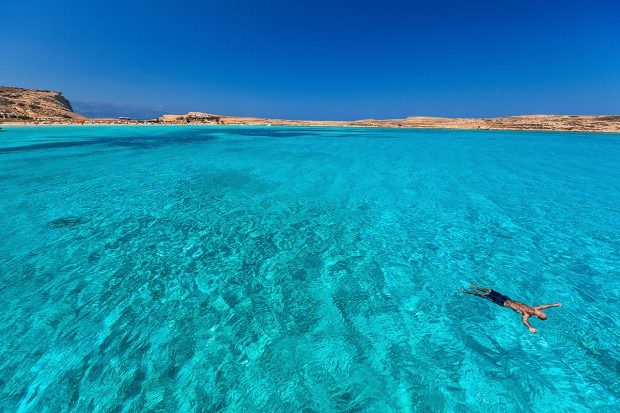
Aegean Sea (38.5 ‰)
Almost the same characteristics will apply to the Aegean Sea. Doctors advise to bathe in fresh water after swimming in this sea, because such a high concentration of sodium can negatively affect the skin. Greece and the Balkans bathe in this sea. A myriad of living things live in it, including octopuses, sponges and fish.

Mediterranean Sea (39.5 ‰)
The Mediterranean Sea stretching between Europe and Africa is very salty in places - 39.5 ‰. Off the coast, where tourists rest, such salinity is not observed, it is concentrated in other parts of the reservoir. The Mediterranean Sea is one of the most diverse in its fauna - 500 species of fish, hundreds of shellfish and a lot of seafood. And this is not the limit.
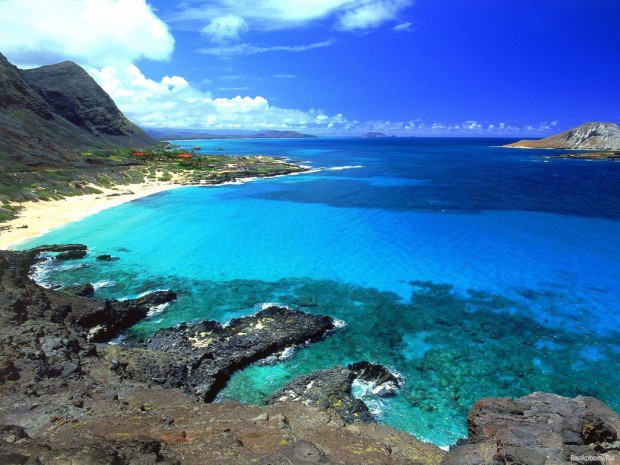
Red Sea (42‰)
Another border sea, but between Africa and Asia. The Red Sea is one of the saltiest in the world, but this does not interfere with its inhabitants - amazing corals, various fish, dolphins, molluscs and crustaceans. The water in the sea mixes all year round - in winter, the upper layers cool and sink to the bottom, and the warm ones rise up. By the way, the sea is incredibly clear.
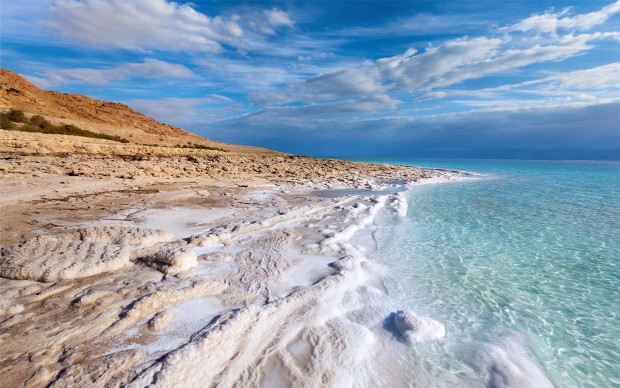
Dead Sea (270‰)
The absolute champion of our rating. Located on the border between Israel and Jordan, the Dead Sea is striking for its salinity - about 200 grams of salt per 1 liter of water (270 ‰). This sea in its own way chemical composition It is radically different from everyone else on Earth: it consists of 50% magnesium chloride, and it also contains a lot of calcium, bromine, potassium and other mineral elements.
Kallium salts from the water of the Dead Sea crystallize artificially, and the density of the reservoir is so great that it is simply impossible to drown in it. Among other things, there is healing mud in the sea. Sometimes the water in the sea heats up to 40 degrees, which speeds up evaporation. And most importantly, there is no underwater world in the Dead Sea, with such salinity it will not work to live in it. Therefore, it is also Dead.
Our planet is 70% covered with water, of which more than 96% are oceans. This means that most of the water on Earth is salty. What is water salinity? How is it determined and what does it depend on? Can such water be used on the farm? Let's try to answer these questions.
What is water salinity?
Most of the water on the planet has salinity. It is usually called sea water and is found in oceans, seas and some lakes. The rest is fresh, its amount on Earth is less than 4%. Before you understand what the salinity of water is, you need to understand what salt is.
Salts are complex substances that consist of cations (positively charged ions) of metals and anions (negatively charged ions) of acidic bases. Lomonosov defined them as "fragile bodies that can dissolve in water." Many substances are dissolved in seawater. It contains sulfates, nitrates, phosphates, sodium, magnesium, rubidium, potassium cations, etc. Together, these substances are referred to as salts.
So what is water salinity? This is the content of substances dissolved in it. It is measured in thousandths - ppm, which are denoted by a special symbol -% o. Permille defines the number of grams in one kilogram of water.
What determines the salinity of water?
In different parts of the hydrosphere and even in different times the salinity of the water is not the same. It changes under the influence of several factors:
- evaporation;
- ice formation;
- precipitation;
- melting ice;
- river runoff;
- currents.
When water evaporates from the surface of the oceans, salts remain and do not erode. As a result, their concentration increases. The freezing process has a similar effect. Glaciers contain the largest supply of fresh water on the planet. During their formation, the salinity of the waters of the World Ocean increases.
The melting of glaciers is characterized by the opposite effect, decreasing the salt content. In addition to them, the source of fresh water is precipitation and rivers flowing into the ocean. The salt level also depends on the depth and nature of the currents.
Their greatest concentration is on the surface. The closer to the bottom, the less salinity. Warm currents affect the salt content in a positive direction, cold currents, on the contrary, reduce it.
Salinity of the World Ocean
What is the salinity of sea water? We already know that it is far from the same in different parts of the planet. Its performance depends on geographic latitudes, climatic features of the area, proximity to river objects, etc.
The average salinity of the waters of the World Ocean is 35 ppm. The colder regions near the Arctic and Antarctic are characterized by a lower concentration of substances. Although in winter, when ice forms, the amount of salt increases.
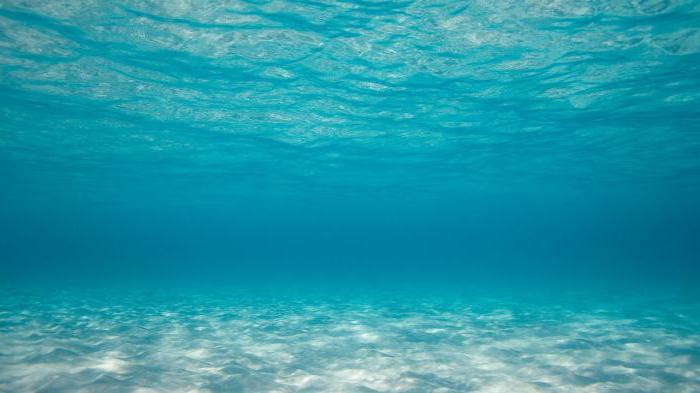
For the same reason, the least salty ocean is the Arctic Ocean (32% about). The highest content is noted Indian Ocean... It covers the area of the Red Sea and the Persian Gulf, as well as the southern tropical belt where salinity is up to 36 ppm.
Quiet and Atlantic oceans have approximately the same concentration of substances. Their salinity decreases in equatorial zone and rises in subtropical and tropical regions. Some are warm and balance each other. For example, not salty Gulf Stream and salty Labrador in the Atlantic Ocean.
Salinity of lakes and seas
Most of the lakes on the planet are fresh, as they are fed mainly by precipitation. This does not mean that there are no salts in them at all, it is just that their content is extremely small. If the amount of dissolved substances exceeds one ppm, then the lake is considered saline or mineral. The Caspian Sea has a record value (13% o). The biggest fresh lake- Baikal.
The salt concentration depends on how the water leaves the lake. Fresh water bodies are flowing, while more salty ones are closed and subject to evaporation. The determining factor is also the rocks on which the lakes were formed. So, in the area of the Canadian Shield, rocks are poorly soluble in water, and therefore the reservoirs there are "clean".

The seas are connected to the oceans through the straits. Their salinity is slightly different and affects the average. ocean waters... Thus, the concentration of substances in the Mediterranean Sea is 39% and is reflected in the Atlantic. The Red Sea, with an indicator of 41% o, raises the average significantly. The most salty is the Dead Sea, in which the concentration of substances ranges from 300 to 350% o.
Properties and significance of sea water
Salt water is not suitable for economic activity... It is not suitable for drinking and watering plants. However, many organisms have long been adapted to life in it. Moreover, they are very sensitive to changes in the level of its salinity. Based on this, organisms are divided into freshwater and marine.

Thus, many animals and plants living in the oceans cannot live in the fresh water of rivers and lakes. Edible mussels, crabs, jellyfish, dolphins, whales, sharks and other animals are exclusively marine.
A person uses fresh water for drinking. Salty is used for medicinal purposes. In small quantities, water with sea salt is used to restore the body. The therapeutic effect is produced by bathing and taking baths in seawater.
1st place.
The Dead Sea... In fact, this reservoir can be called a lake, because it does not communicate with any other seas or with the ocean. Nevertheless, everyone is used to calling it the sea. Well, so be it. The Dead Sea has an incredible salinity of 33.7%. That is, every 100 g of water contains 33.7 g of salt.
Thanks to such an incredible ratio, it is impossible to drown in this sea, because the body always strives to rise to the surface. The Jordan River and several small streams flow into it, but this inflow of water is clearly not enough to maintain the level of the reservoir. By the way, every year its level falls by 100 cm, which in the future is fraught with an ecological catastrophe.
2nd place. 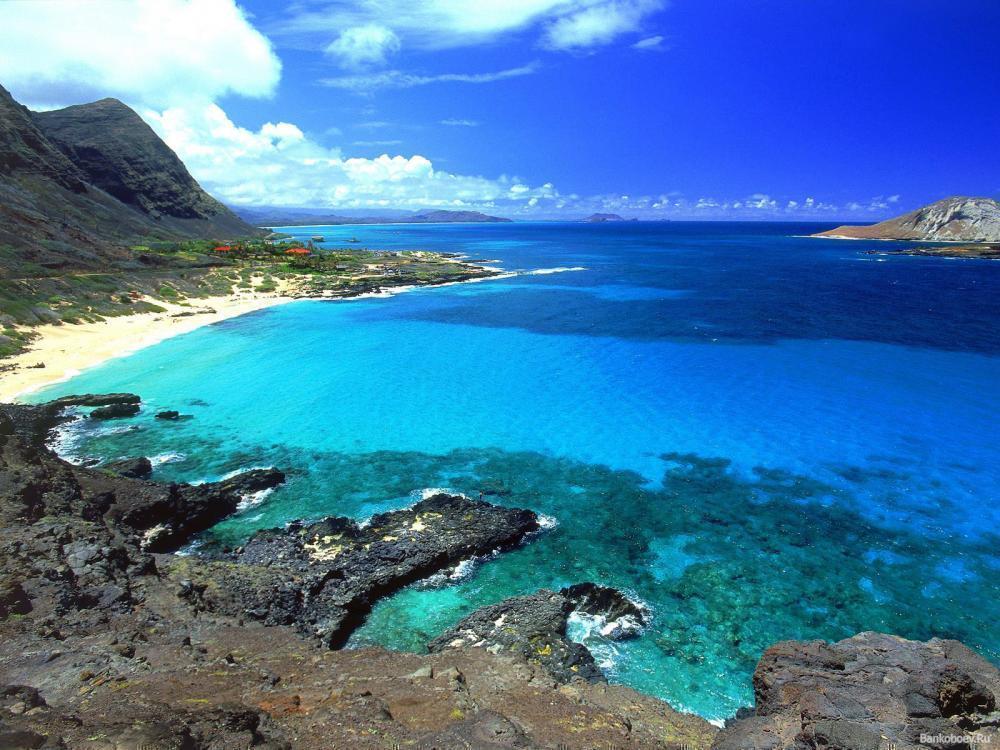
Red sea... The percentage of salt in water is about 8 times less than that of the leader - 4.3%. It is noteworthy that rivers do not flow into this reservoir, therefore, silt and sand do not enter the sea from the outside, which means that its water is clean and transparent. Why is the salinity increased? Because there is little rainfall in this area, and pure water comes only from the Gulf of Aden.
Plus, incredible evaporation. The Red Sea daily loses up to 1 cm of its level, and the amount of salt does not change significantly, on the contrary, its concentration increases slightly. Poor water exchange is the real cause of increased salinity.
3rd place.
Mediterranean Sea. 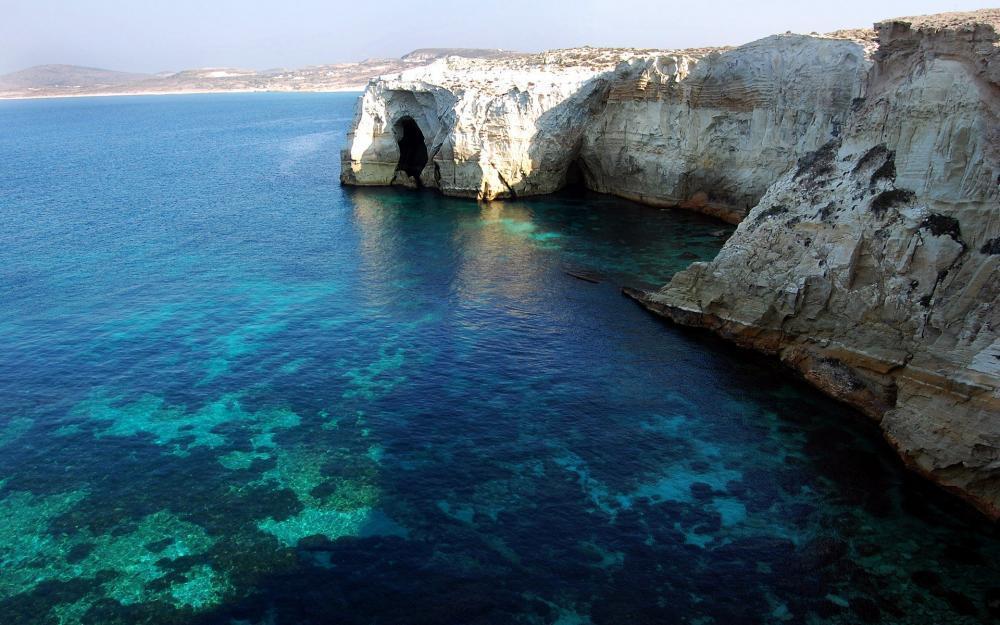 Washes the shores of Africa, Asia and Europe. Therefore, they called him that. It has a salinity of 3.9%. Several large rivers... The circulation of water occurs under the influence of the wind and due to the transfer of water by the Canary Current. The salinity of the reservoir regularly increases due to strong evaporation, and the density of the water varies significantly depending on the season.
Washes the shores of Africa, Asia and Europe. Therefore, they called him that. It has a salinity of 3.9%. Several large rivers... The circulation of water occurs under the influence of the wind and due to the transfer of water by the Canary Current. The salinity of the reservoir regularly increases due to strong evaporation, and the density of the water varies significantly depending on the season.
4th place. 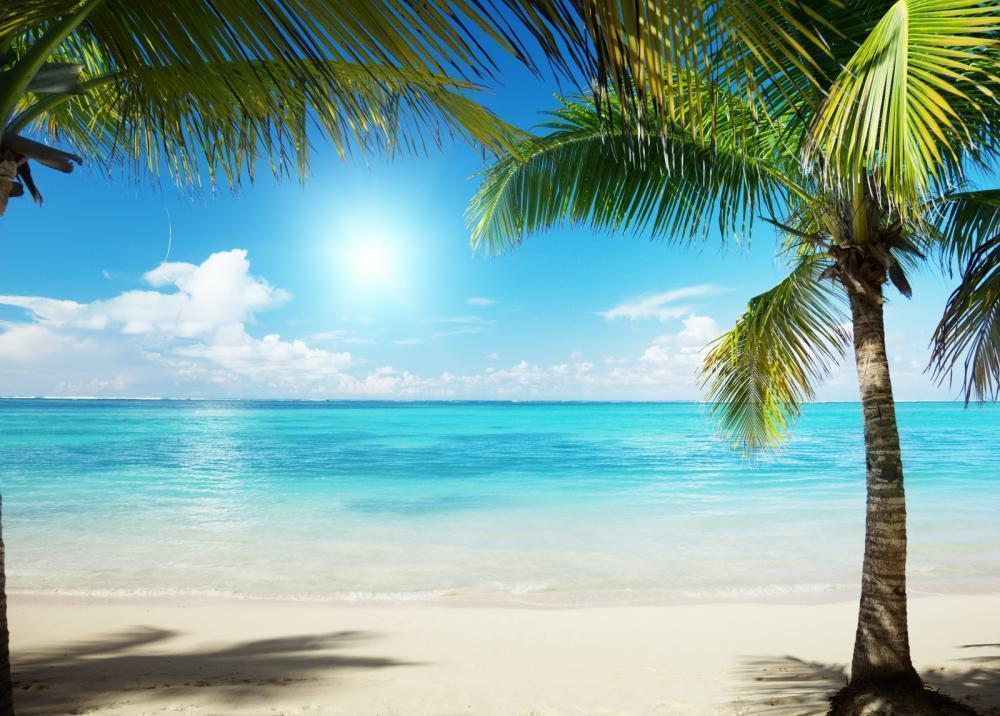
Caribbean Sea. Besides the fact that this is the most “pirate” sea, it also occupies the fourth line in the “salinity hit parade”. This figure is 3.5%. And in terms of its hydrological composition, this reservoir is quite homogeneous. That is, there are no sharp fluctuations in temperature indicators and in the degree of salinity of its individual sections.
Several large rivers flow into the Caribbean Sea. Tropical climate makes the pool of this sea attractive to tourists. It should only be taken into account that hurricanes very often rage in the northern part of the reservoir, delivering a lot of inconvenience to residents of coastal settlements.
5th place. ![]()
Barents Sea. Located on the outskirts of the Arctic Ocean. It has a salinity of 3.5%. In ancient times, it had many names, for each people called this reservoir in its own way. Only in 1853 the sea received its final name - Barents, in honor of the sailor from Holland V. Barents.
Naturally, in the middle of the sea its salinity is higher than in the outskirts. This is due to the fact that it is washed by slightly salted seas: the Norwegian, White and Kara seas. And in the north - the icy ocean considerably dilutes the concentration of seawater, because it itself does not shine with special salinity, which is explained by the regular melting of ice.
6th place.

North Sea. Its salinity has different values, on average, this value is 35%. The fact is that the North Sea in the east borders on the slightly saline Baltic, and the rivers Thames, Elbe, Rhine and others also influence this indicator. It washes the shores of many European countries, where the largest ports are located - London, Hamburg, Amsterdam, etc.
7th place. 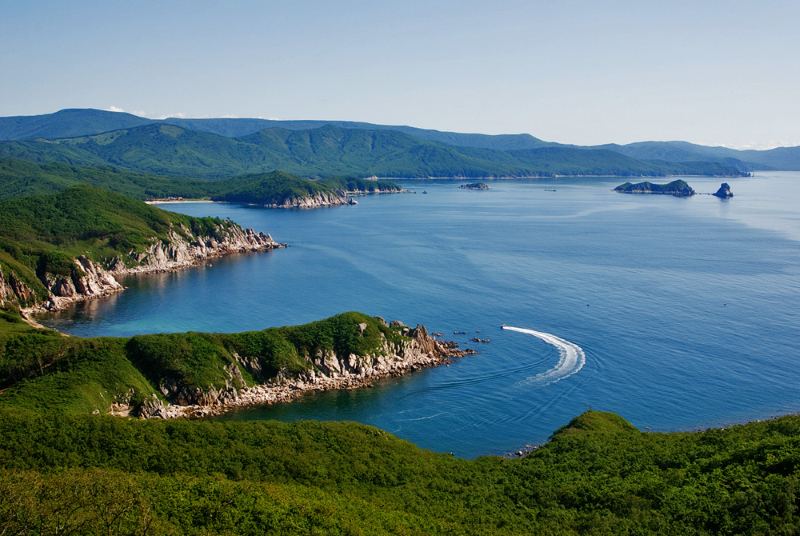
Japanese Sea. The salinity index is 3.4%. It is much colder in the northern and western parts of the reservoir than in the southeast. The Sea of Japan is not a tourist one. Rather, it is of industrial importance for some countries. Loves to scare sailors with typhoons, especially in autumn.
8th place. 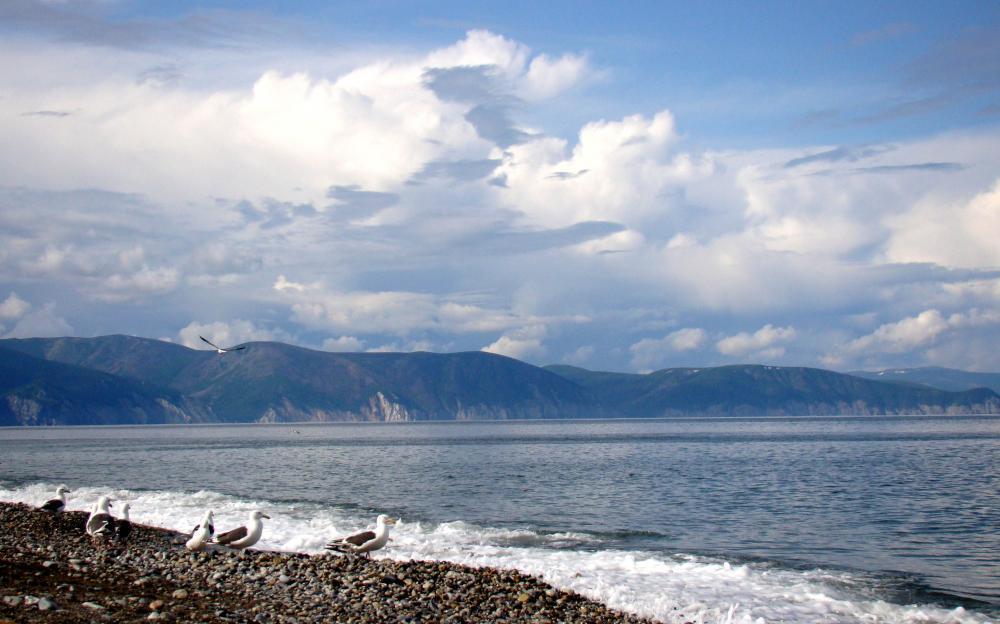
Sea of Okhotsk. It has a salinity of 3.2%. In winter, it freezes in the northern part, despite the increased salinity of the water, which, by the way, is much lower in the coastal zones.
9th place. 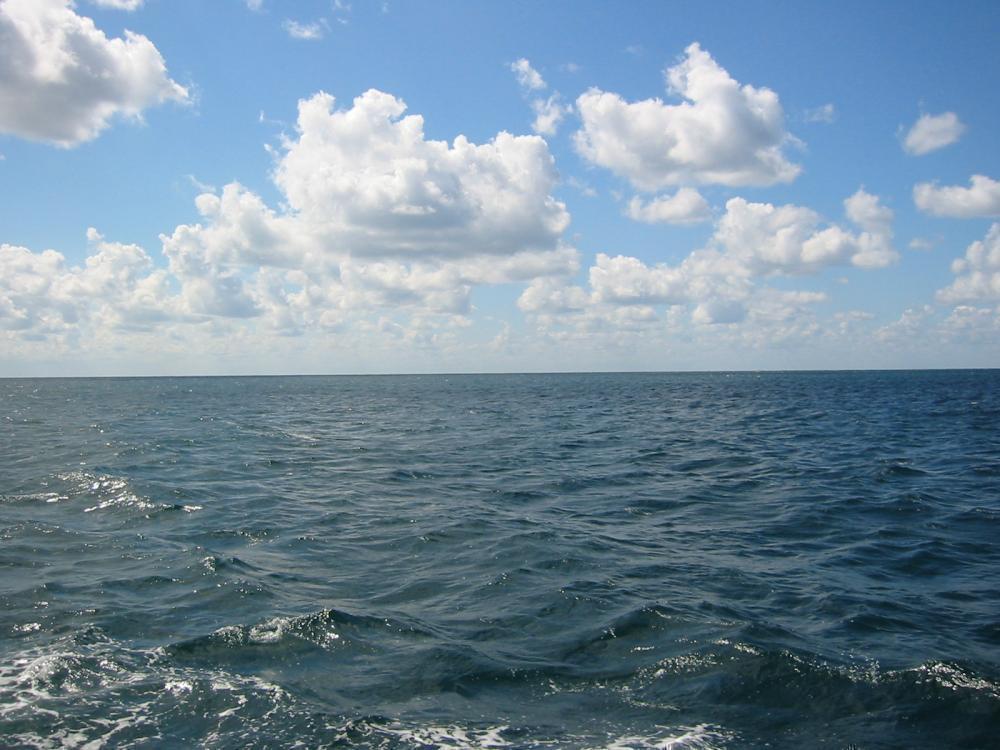
Black Sea. The salinity of this reservoir varies greatly. For example, in the lower layer this figure is 2.3%, and in the upper layer, where there is an enhanced water circulation, salinity is 1.8%. It is noteworthy that at a depth of 150 m there is no longer any life. This is due to the increased content of hydrogen sulfide in the water.
10th place. 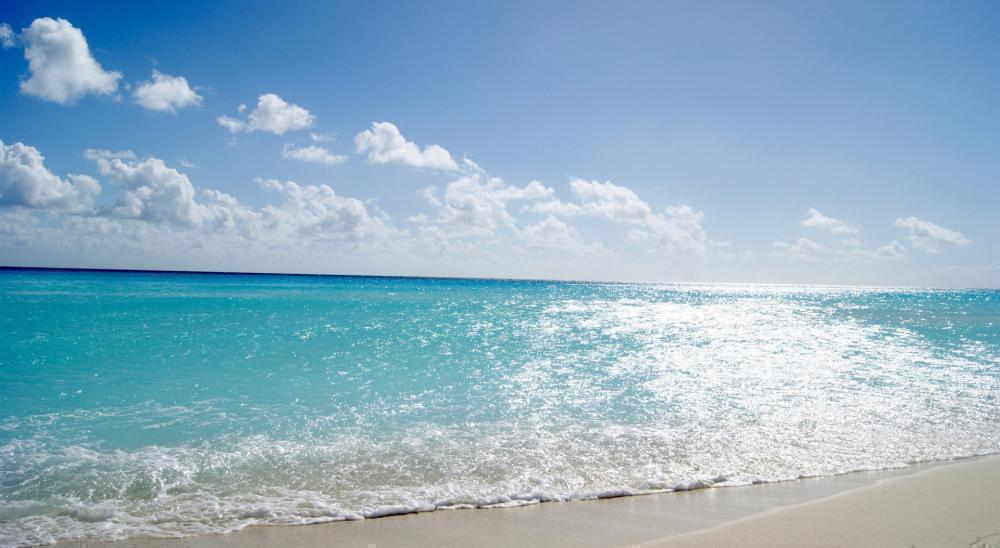
The Azov sea. The average salinity of the sea is 1.1%. In the 20th century, many rivers feeding this reservoir with water were blocked by dams, therefore, the flow of water and its circulation decreased significantly. It is noteworthy that this is the shallowest sea in the world, its maximum depth falls short and up to 14 m. has a tendency to freeze, in its northern part.


